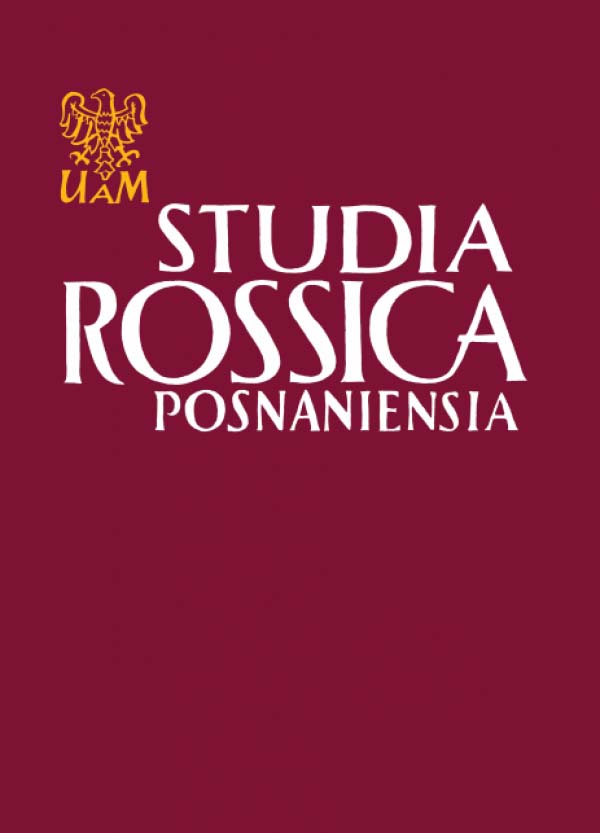О МОРФОЛОГИЧЕСКОМ ЧЛЕНЕНИИ НЕМЕЦКИХ ЗАИМСТВОВАНИЙ В РУССКОМ ЯЗЫКЕ
ON THE MORPHOLOGICAL STRUCTURE OF GERMAN BORROWINGS IN RUSSIAN
Author(s): Mikołaj MartysiukSubject(s): Language studies, Language and Literature Studies, Philology
Published by: Uniwersytet Adama Mickiewicza
Summary/Abstract: The article deals with the problem of the morphological structure of words which have been borrowed from German and introduced in Russian. German words when introduced in Russian usually become lexically indivisible. Many of the borrowed German nouns, both simple derivatives and com pound nouns, change their membership and become members of Russian simple non-derivative nouns. This is evident in the following examples: German Dämpf-er > Russian dempfer, German Los-ung > R ussian lozung, German Sign-al > Russian signal, German Butterbrot > Russian buterbrod, or German Wald-schnepfe Russian valdsnep. On the other hand, if in the structure of the foreign word a certain part of the word (that is a root or even a word which constitutes the base of the w hole form) can be seperated then the word preserves its ‘native’ characteristics and from the point of view of the borrowing system is treated as a divisible word, for example: German Adress-at > Russian adres-at, German Konzert-ant > Russian koncertant, German Konkurr-ent > Russian konkur-ent: konkur-irovať. It is interesting to note that sometimes German words which are ethymologically compound and have certain repeating (in them ) elements become in Russian simple derivatives. This is possible because those repeating elements in a great number of foreign words play a role of asecondary morpheme only completing the meaning of the basic form (compare the following prefix and suffix compositions: ober-kelner, ober-oficer, for-vakuum and balet-mejster, tanc-mejster, or fecht-mejster). It seems that this class of words should also include such German compounds in which one of the elements appeares in Russian as a separate word and the other element shows up only in conjunction with the first one. For this reason a given element cannot be regarded as the main morpheme (it does not appear in any synonyms) but it can be treated as certain secondary morpheme as its function in relation to the main morpheme is that of completion or, in other words, this so called secondary morpheme constitutes a prefix (for example: German Bild-apparat > Russia bild-apparat, German Hof makler > Russian gof-makler, German Silber-glätte > Russian zilber-glet) or a suffix (for example: Hart-blеі in German and gart-blej in Russian, German Geschäft-macher > R ussian ges&ft-macher). Only in a few cases German compounds remain their compound character in Russian. The necessary condition is that the compounds contain in their structure elements which in the borrowing language are used as seperate words, for example: German Bohr-maschine > Russian bormasina, German Prese-form > Russian press-forma, German Tanz-klasse > Russian tanc-klass.
Journal: Studia Rossica Posnaniensia
- Issue Year: 4/1973
- Issue No: 1
- Page Range: 139-150
- Page Count: 12
- Language: Russian

